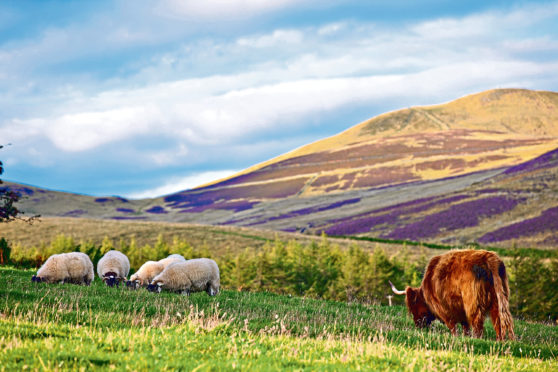You will remember that we wrote two letters to the out-going commissioners asking for their wisdom on what is needed to enable the Crofting Commission to regulate crofting effectively.
We have had no official response to the letters but we are all talking, which is very welcome.
In our letters we referred to decisions that the Commission made in respect to assignations and de-croftings that we felt were inappropriate and not in the interest of crofting or crofting communities.
We were told that the Commission’s “hands are tied” by law in what they can and cannot do.
Some examples of what we mean include a situation where a croft under the tenancy of an absentee was being assigned to a family member who already has the other nine crofts in the 11-croft township.
A young family was asking for the tenancy of this one but the Commission gave it to the croft-collector, despite their policy stating that “the Commission may take into account the number of crofts which the proposed assignee already holds” and that their decisions are based on “the wider interests of crofting and the crofting community.”
Then there is the owner-occupied croft that is not occupied, or crofted, and is owned by a development company based in the Central Belt. The company is asking for another de-crofting to put on its third holiday home.
And the two de-crofting applications by an absentee, granted by the Commission, despite them having noted the breach of duty prior to receiving de-crofting applications. The croft with two de-crofted house sites is currently for sale at offers over £160,000.
How does this level with the stated policy that “the Commission aims to protect land from being lost to crofting” and that “applications that are made only for the reason of taking the croft, or part of the croft, out of crofting tenure are unlikely to be approved”?
And how are absentees getting to do anything to a croft when they are openly in breach of duty?
This is only the tip of the iceberg; we could fill this column with examples every month.
We understand that the Commission is following the law, which demonstrates that the law must be amended.
We have to re-start the crofting legislation process as soon as possible in 2022.
- Patrick Krause is chief executive of the Scottish Crofting Federation.
